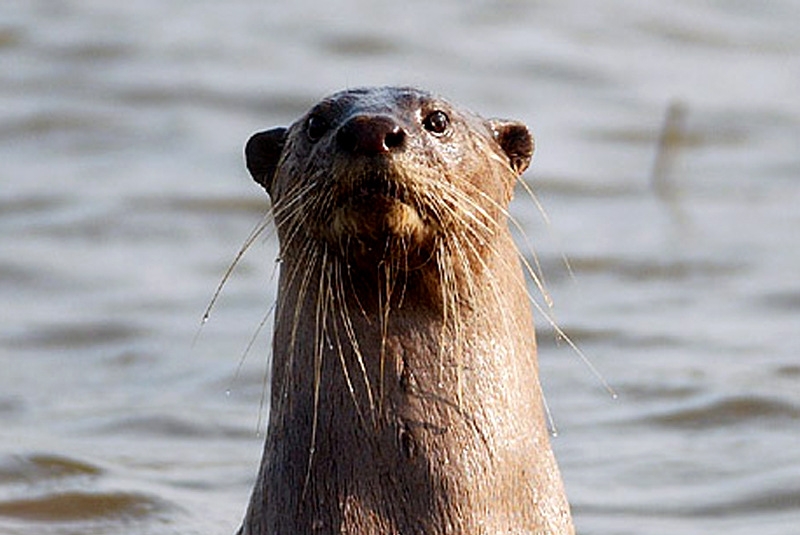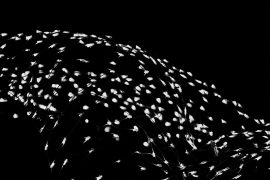In the dark of the night, two otters swim in circles around a fishing boat. As the fishermen lower their bamboo-framed net into the estuarine waters of the Sunderbans, the short-haired animals squeak and dive in with a soft splash.
The malojele and the otter
In the Khulna and Noraile districts of Southwestern Bangladesh thrives an ancient practice that directly supports a community of two thousand individuals. The fishermen, locally known as malojele, hold no lands for cultivation and solely sustain themselves and their families by fishing with a hundred and seventy-six webbed-footed smooth-coated otters.
These sleek brown animals, with curious little whiskered faces and a thick rudder-like tail, form the identity and livelihood of these communities. Lutrogale perspicillata, as their scientific name goes, is a species indigenous to South-East Asia. These fish specialists are pack hunters and travel in a V-formation as they swim upstream, trapping the shoals as they swim.
Their deft tactics make them prime competition for fishermen across the sub-continent. In many areas, compensation schemes have been established to stop them from employing harsher methods. Yet, in the muddy delta of Sunderbans, the malojele have devised a way to use these nimble creatures to their advantage.
-30-
Copyright©Madras Courier, All Rights Reserved. You may share using our article tools. Please don't cut articles from madrascourier.com and redistribute by email, post to the web, mobile phone or social media.Please send in your feed back and comments to [email protected]











